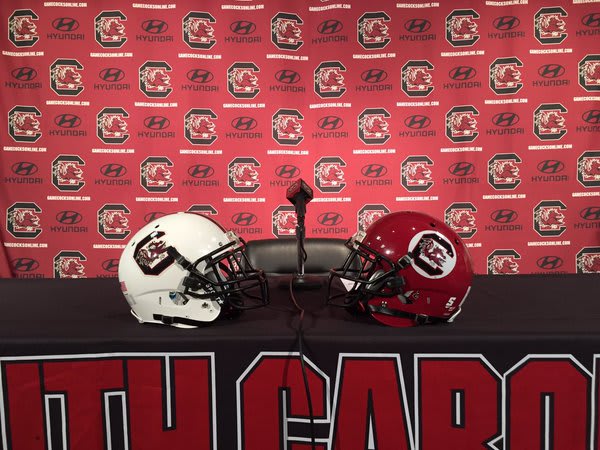Targeting rule tweaked to give replay official more power


Ever since the targeting rule was adopted in 2013 as a way to change player behavior on the field (and coaching behavior, as well), it has been a source of controversy.
Mostly, the sanctions have been vilified: ejection of the guilty player plus a 15-yard penalty.
The intent behind the targeting rule is clear: reduce helmet-to-helmet hits on defenseless players and the resulting number of neck and head injuries.
According to the NCAA, 158 targeting penalties were called in all FBS games last season. Forty-three were overturned by replay review and 115 were upheld.
“Dangerous contact fouls, including targeting, are still our No. 1 point of emphasis nationally,” SEC coordinator of officials Steve Shaw said recently. “People ask, ‘Are we backing off on targeting?’ The answer is no. We’re making progress and changing player behavior. But we’re not done.”
This year, replay officials, who review every targeting call, have been handed broader authority to reverse incorrect targeting fouls from the booth and to call targeting penalties in “egregious instances” when they are missed by the game officials on the field.
“Now, the review includes all aspects of the targeting foul to ascertain whether there is at least one indicator of a targeting action,” Shaw said. “Previously, when there was a targeting foul, replay was limited to determining if there was forcible contact to the head or neck area. That’s all they looked at. Now they can look at the whole component. Was the player defenseless? Was there a launch? Was there a targeting action or not? It will make the replays more consistent and more accurate.”
Additionally, even when no flag is thrown, the replay official may call a targeting foul from the booth when “they recognize there is a targeting foul.” In that situation, the game is stopped and the sanctions for targeting are levied by the game officials.
“(Replay Officials) may stop the game and actually create a targeting foul,” Shaw said.
The new rule specifically states the replay official may call a targeting foul from the booth only in “egregious” cases missed by the game officials. Thus, enforcement of the rule - and the replay official’s power flowing from it – depends on the definition of ‘egregious.’
“We were given a definition that egregious means shockingly bad,” Shaw said. “But our guys were looking for something a little tighter. What we are looking for is a flagrant hit. We’re not talking about a ticky-tack hit well away from the football.”
When he thoroughly reviewed game film from 2015, Shaw contended there were two plays when the replay official could have stopped the game and imposed the targeting penalty himself.
“This is a big change,” Shaw said. “It’s the journey we are on with replay. But targeting is something we need to get out of the game. The penalty for targeting (disqualification + 15-yard penalty) is a big deal, which is why we review every one of these called on the field, and now even if it’s not called on the field. It will look very routine like it was called on the field, but there won’t be a flag down.”
Because of the severity of the sanctions, consistency in making targeting calls is essential, Shaw said, along with every other call.
“Across the board, we have to be consistent,” Shaw said. “(For targeting), we really have to be consistent because the player is being disqualified. I think our collaborative process will make us a lot more consistent.”